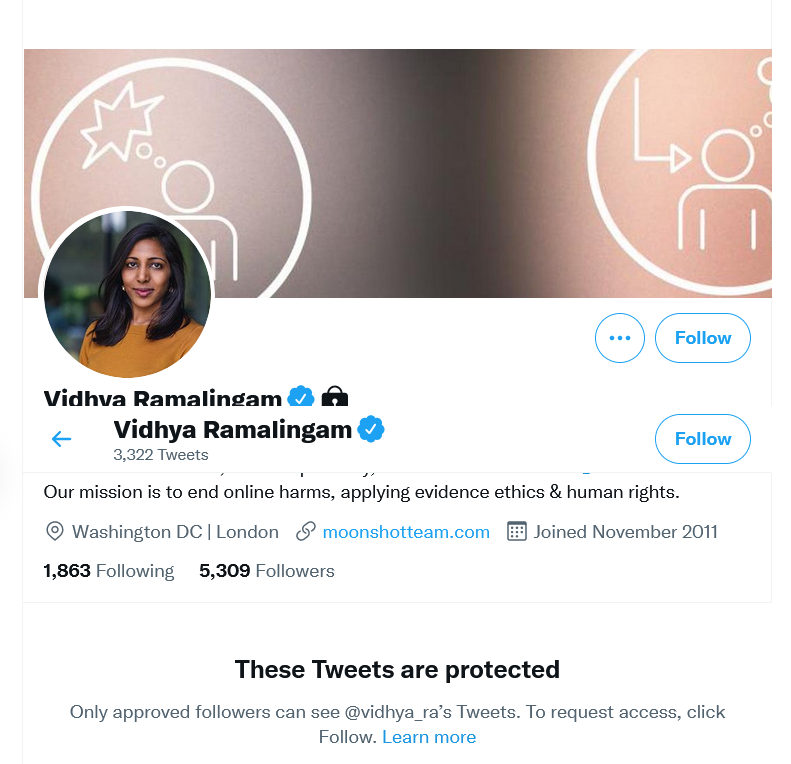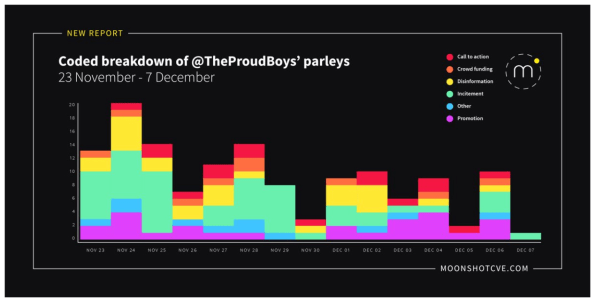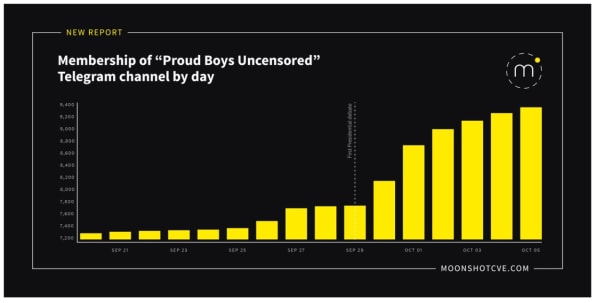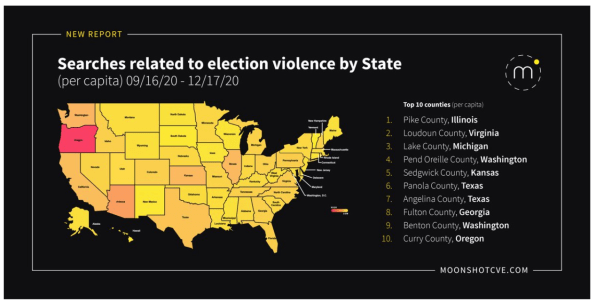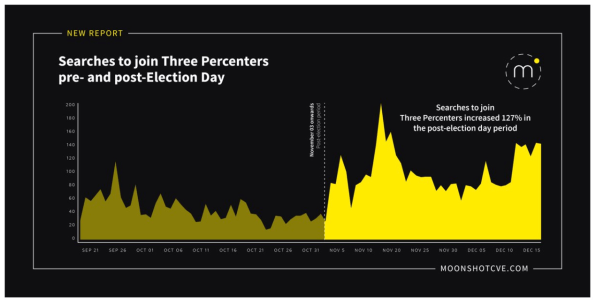This actually is not a new phenomenon as it goes back to the Obama administration. But read on and the fear and failure continues when government is paid to get it right once it was determined the condition was wrong.
The U.S. government has lost contact with thousands of migrant children released from its custody, according to data obtained by Axios through a Freedom of Information Act (FOIA) request.
Why it matters: Roughly one-in-three calls made to released migrant kids or their sponsors between January and May went unanswered, raising questions about the government’s ability to protect minors after they’re released to family members or others in the U.S.
- “This is very dismaying,” said Mark Greenberg, who oversaw the unaccompanied minors program during the Obama administration and was briefed on Axios’ findings. “If large numbers of children and sponsors aren’t being reached, that’s a very big gap in efforts to help them.”
- “While we make every effort to voluntarily check on children after we unite them with parents or sponsors and offer certain post-unification services, we no longer have legal oversight once they leave our custody,” an HHS spokesperson told Axios, adding that many sponsors do not return phone calls or don’t want to be reached out to.
By the numbers: During the first five months of the year, care providers made 14,600 required calls to check in with migrant minors released from shelters run by the Department of Health and Human Services. These minors typically were taken in by relatives or other vetted sponsors.
- In 4,890 of those instances, workers were unable to reach either the migrant or the sponsor.
- The percentage of unsuccessful calls grew, from 26% in January to 37% in May, the data provided to Axios showed.
The big picture: More than 65,000 unaccompanied kids crossed the border illegally during those months, and July set yet another all-time record for young border crossers. That suggests the problem of losing track of released children could be compounded in the months to come.
- The data also indicates calls aren’t happening with the frequency they should. Between President Biden’s inauguration and the end of May, HHS discharged 32,000 children and teens — but the government placed fewer than 15,000 follow-up calls, according to the FOIA response.
- In both March and April, the number of kids discharged was twice as high as the number of check-in calls the following month — indicating that half of the released kids might not have gotten a 30-day call, according to public agency data.
Flashback: In 2018, the Trump administration was criticized for being unable to account for the whereabouts of around 1,500 children released from HHS shelters during a three-month period.
- There were around 4,500 such minors as of the end of May who had been released under the Biden administration.
Between the lines: The government is already investigating whether dozens of migrant children were released to labor traffickers, as Bloomberg Law recently reported.
- This happened in 2014 as well, when migrant teens were released to traffickers and forced to work on an egg farm.
- Although these horrific situations have been rare, some members of Congress and former agency officials have called for better oversight to ensure kids are safe after leaving the government’s care.
- The Trump administration and Republicans have used these instances to advocate for more stringent vetting for sponsors.
HHS’s Administration for Children and Families oversees the care and custody of migrant minors.
- In guidance on the agency’s website, the 30-day calls are described as opportunities “to determine whether the child is still residing with the sponsor, is enrolled in or attending school, is aware of upcoming court dates and is safe.”
- Axios made the FOIA request in May after the agency declined to share information about whether it had been conducting the 30-day calls.
***.
Reuters reported in 2014 just one case example:
Suyen has a quick smile and looks like a typical American teenager in her sandals and fashionably-torn blue jeans. But she recounts a harrowing journey, saying she left home to escape a father who was beating her, and that along the way she was raped by a “coyote” or migrant smuggler. She endured 24 hours with no food as she sat atop a slow-moving freight train through Mexico and made an overnight trek by foot.
When she struggled to pull herself over a wall at the Mexico-U.S. border, Suyen said, “I thought I was going to die” after being shoved over by a coyote, plunging down the other side and landing atop a man below.
Unlike most kids, she entered the United States undetected, only to end up in a stranger’s house in Houston. There, she said she was forced to work without pay for a month before being transferred to a vineyard, where she cooked meals, also without pay, for 300 migrant workers. Reuters has not verified the details of her journey but Suyen told a similar story in a sworn deposition to an immigration court.
More related reading: Report: Obama Administration Handed Child Migrants Over to Human Traffickers
The United States government placed an unknown number of Central American migrant children into the custody of human traffickers after neglecting to run the most basic checks on these so-called “caregivers,” according to a Senate report released on Thursday. (2016)
In the fall of 2013, tens of thousands of unaccompanied minors traveled to the U.S. southern border, in flight from poverty and gang violence in Central America. At least six of those children were eventually resettled on an egg farm in Marion, Ohio, where their sponsors forced them to work 12 hours a day under threats of death. Local law enforcement uncovered the operation last year, prompting the Senate’s Permanent Subcommittee on Investigations to open an inquiry into the federal government’s handling of migrants.
“It is intolerable that human trafficking — modern-day slavery — could occur in our own backyard,” Senator Rob Portman, Republican of Ohio and the chairman of the subcommittee, told the New York Times. “But what makes the Marion cases even more alarming is that a U.S. government agency was responsible for delivering some of the victims into the hands of their abusers.”
As detention centers became incapable of housing the massive influx of migrants, the Department of Health and Human Services started placing children into the care of sponsors who would oversee the minors until their bids for refugee status could be reviewed. But in many cases, officials failed to confirm whether the adults volunteering for this task were actually relatives or good Samaritans — and not unscrupulous egg farmers or child molesters. The department performed check-in visits at caretakers’ homes in only 5 percent of cases between 2013 and 2015, according to the report.
The Senate’s investigation built on an Associated Press report that found more than two dozen unaccompanied children were placed in homes where they were sexually abused, starved, or forced into slave labor. HHS claimed that it lacked the funds and authorities that a more rigorous screening process would have required. However, the investigation also found that HHS did not spend all of the money allocated to it for handling the crisis.
The agency placed 90,000 migrant children into sponsor care between 2013 and 2015. Exactly how many of those fell prey to traffickers is unknown, because the agency does not keep track.







 source:
source: 